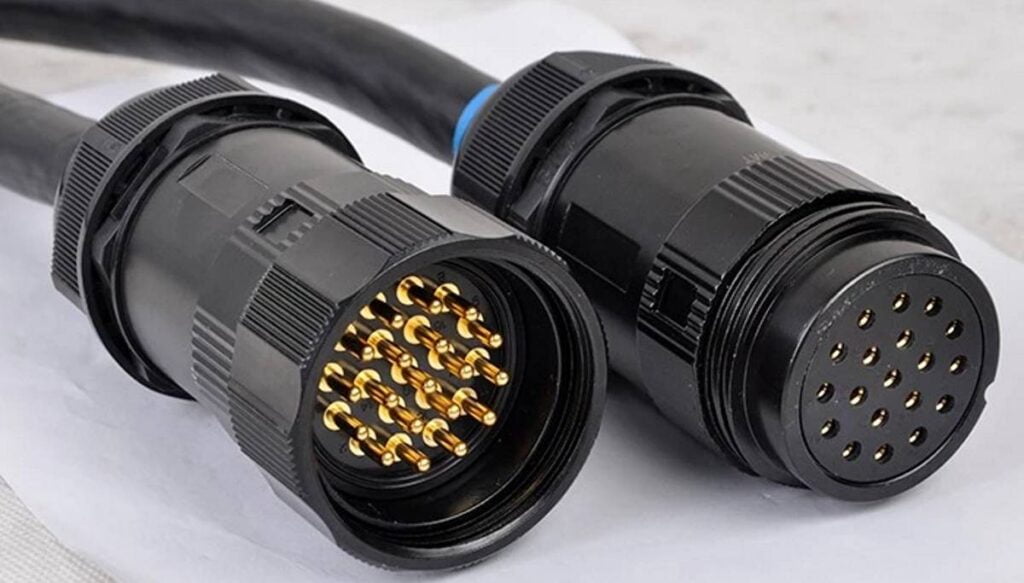How To Safely Install And Maintain Power Boxes?
09/20/2024When dealing with electrical systems, ensuring the safe installation and maintenance of power boxes is crucial. Power boxes, also known as distribution panels or electrical enclosures, play a vital role in distributing electricity within a building or event setup. Proper installation and regular maintenance are key to preventing hazards and ensuring the efficient operation of your electrical system. This guide will walk you through the steps for safely installing and maintaining power boxes.In order to grow rapidly, hoist controllers,electric hoist controller£¬hoist motor controller Do not hesitate to change the strategy and rearrange the products, so as to obtain unexpected results. https://sxpowercase.com/product-category/all-product/hoist-controllers/
1. Understanding Power Boxes
Before diving into the installation and maintenance process, it¡¯s essential to understand what power boxes do. These devices house circuit breakers, switches, and other components that manage the flow of electricity to different parts of a facility. Whether it¡¯s a residential, commercial, or industrial setting, the role of power boxes¡ªsometimes called electrical panels or breaker boxes¡ªis to control and protect electrical circuits.
2. Preparation and Safety Measures
Safety is paramount when working with electricity. Before installing a power box, ensure that the electrical supply to the area is completely shut off. Use a voltage tester to confirm that no electricity is flowing to the wires you¡¯ll be working with. Wearing insulated gloves and safety goggles is recommended to protect against potential electrical shocks and debris.
Planning the installation is equally important. Determine the location where the power box will be mounted. It should be easily accessible yet secure from tampering. Ensure the area is dry, well-ventilated, and free from flammable materials.
3. Installing the Power Box
Begin by mounting the power box on the wall using appropriate fasteners that can support the weight of the box and its internal components. The height should comply with local electrical codes, typically around 4-6 feet from the ground, to ensure easy access.
Next, connect the main power supply line to the box. Carefully strip the insulation from the wires and attach them to the corresponding terminals. Ensure that the ground wire is connected to the grounding bar inside the box. Then, route the branch circuit wires through the knockouts on the box, securing them with cable clamps to prevent movement.
Install the circuit breakers in the power box, attaching each to its corresponding wire. Circuit breakers are essential for protecting the circuits from overload, and they should be sized according to the load they will carry. Label each breaker clearly to indicate which part of the building it controls.
4. Finalizing the Installation
Once all connections are secure and verified, replace the cover on the power box and screw it into place. Before restoring power, double-check all connections to ensure there are no loose wires or exposed terminals. Restore power gradually, and test each circuit to ensure it¡¯s functioning correctly without tripping the breakers.
5. Regular Maintenance of Power Boxes
Maintaining power boxes, also known as electrical distribution panels or fuse boxes, is crucial for the longevity and safety of your electrical system. Regular maintenance should include the following steps:
Visual Inspection: Periodically inspect the power box for signs of wear, corrosion, or damage. Look for any loose screws, rusted components, or signs of overheating, such as discolored or melted insulation.
Cleaning: Dust and debris can accumulate inside the power box, leading to overheating or short circuits. Use a dry cloth or a vacuum with a brush attachment to clean the interior of the box. Avoid using water or any cleaning fluids inside the power box.
Testing: Regularly test the circuit breakers to ensure they trip as expected under fault conditions. A faulty breaker can lead to circuit overloads and potential fire hazards. If a breaker doesn¡¯t trip when tested, it should be replaced immediately.
Upgrading Components: As electrical demand increases, it may be necessary to upgrade the components within the power box. This could involve replacing older circuit breakers with newer, higher-capacity ones or adding additional breakers to accommodate new circuits.
Professional Inspection: It¡¯s wise to have a licensed electrician inspect the power box periodically, especially in high-demand environments like industrial settings or large commercial buildings. An expert can identify potential issues before they become serious problems.
6. Conclusion
Properly installing and maintaining power boxes is vital for the safety and efficiency of any electrical system. By following these steps and adhering to safety guidelines, you can ensure that your power boxes, whether in a home or a large industrial facility, function correctly and reliably. Regular maintenance not only prolongs the life of the electrical components but also helps prevent potential hazards like electrical fires or system failures.
At SX, we understand the importance of reliable power distribution, offering a range of customizable power boxes and electrical panels designed to meet your specific needs. With our expertise and commitment to quality, you can trust us to provide solutions that enhance safety and performance in any setting.